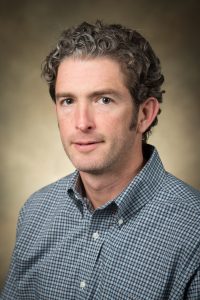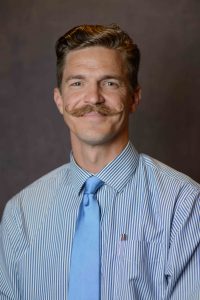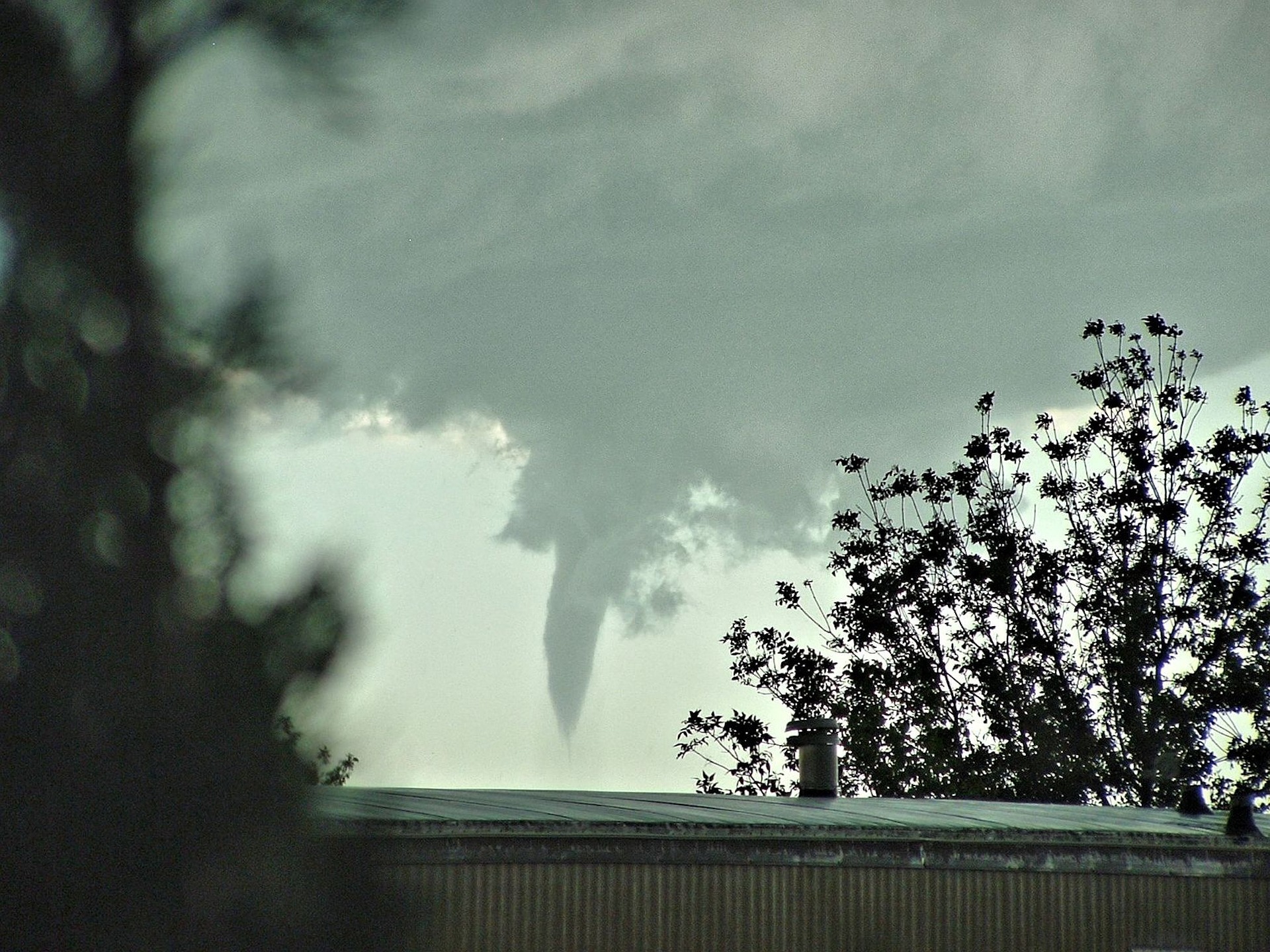Editors/Producers Note: In reference to the culture surrounding individuals who are deaf or hard of hearing, capitalizing the “d” in deaf is appropriate, according to information posted by the National Association for the Deaf. For more information, visit https://www.nad.org/resources/american-sign-language/community-and-culture-frequently-asked-questions/.
TUSCALOOSA, Ala. — The University of Alabama’s Drs. Jason C. Senkbeil and Darrin Griffin have been awarded a grant of $251,850 from the National Oceanic and Atmospheric Administration to study how tornado warnings could be improved in their accessibility and comprehension by members of the Deaf, Blind and Deaf-Blind communities.

The grant will enable this team to build and test a system whereby Deaf people can view a local weather broadcast in a split-screen format. Half of the screen will show a meteorologist and the other half will show an American Sign Language interpreter.
The team will conduct interviews with members of the Blind community in Mississippi and the Deaf and Deaf-Blind communities in Talladega to ascertain the specific needs of each community from the bottom up.
While the model is initially intended to be used in inclement weather scenarios, it could be implemented across a variety of breaking news categories or even further developed for the entertainment industry.
“The tornado warning scenarios and technology we plan to test and implement will hopefully help us understand how to improve risk communication for the Deaf and Deaf-Blind,” said Senkbeil, a UA associate professor of geography. “In the process, what we learn will most likely improve tornado warning communication for everyone.”
Improved communication for a Blind person, a Deaf person or a Deaf-Blind person improves communication for all kinds of people who have lower thresholds for efficient communication and literacy. By studying their model’s impact on these smaller, niche populations and then extrapolating their findings, the team will help NOAA improve the methods through which they communicate extreme weather scenarios to all populations.

“As a society, our goal is to become better, to achieve progress,” said Griffin, a UA assistant professor of communication studies. “To meet people’s civil rights, you have to understand them. You have to understand their culture, their communication and their psychology. I like doing research on Deaf people because it lets us see how the brain adapts when the auditory channel is not available.”
As a next step, the team plans on receiving feedback from members of the Deaf community and improving this model to apply for more funding. A larger grant, over a longer period of time, would allow for the construction of a center where the model is implemented across various platforms to serve a larger population.
The project is a collaboration between UA’s departments of geography and communication studies with Mississippi State University’s Dr. Kathleen Sherman-Morris, of the department of geosciences, and the National Research and Training Center on Blindness and Low Vision’s Dr. Jennifer L. Cmar.
The College of Communication and Information Sciences’ faculty and students at The University of Alabama conduct cutting-edge research that creates knowledge and provides solutions to global issues across the full communication and information spectrum. To learn more about its research initiatives, visit cis.ua.edu/research.
The department of geography is part of the College of Arts and Sciences, the University’s largest division and the largest liberal arts college in the state. Students from the College have won numerous national awards including Rhodes and Goldwater scholarships.
Contact
Rand Nelson, 205-348-6416, james.nelson@ua.edu
Source
Dr. Darrin Griffin, 205-632-0777, djgriffin1@ua.edu
